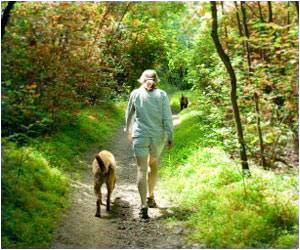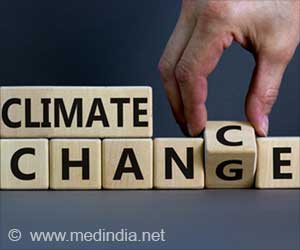Understanding the tradeoffs between urban surfaces and the presence of vegetation may help city planners in the future mitigate some of the heating effects.

In winter, the temperature difference was 1.5 degrees Celsius higher in urban areas.
At the human level, a rise of one degrees Celsius can raise energy demands for air conditioning in the summer from five to 20 percent.
"This has nothing to do with greenhouse gas emissions. It is in addition to the greenhouse gas effect. This is the land use component only," said Lahouari Bounoua, research scientist at NASA's Goddard Space Flight Centre in Greenbelt, Maryland.
The urban heat island effect occurs primarily during the day when urban impervious surfaces absorb more solar radiation than the surrounding vegetated areas, resulting in a few degrees temperature difference.
The urban area has also lost the trees and vegetation that naturally cool the air.
"The amount and type of vegetation plays a big role in how much the urbanization changes the temperature," added research scientist and co-author Kurtis Thome.
Trees with broad leaves have more pores to exchange water than trees with needles, and so have more of a cooling effect.
"So even though 0.3 degrees Celsius may seem like a small difference, it still may have impact on energy use," Bounoua said, especially when urban heat island effects are exacerbated by global temperature rises due to climate change.
Understanding the tradeoffs between urban surfaces and vegetation may help city planners in the future mitigate some of the heating effects, the authors noted in a paper that appeared in the journal Environmental Research Letters.
Source-IANS
 MEDINDIA
MEDINDIA




 Email
Email




